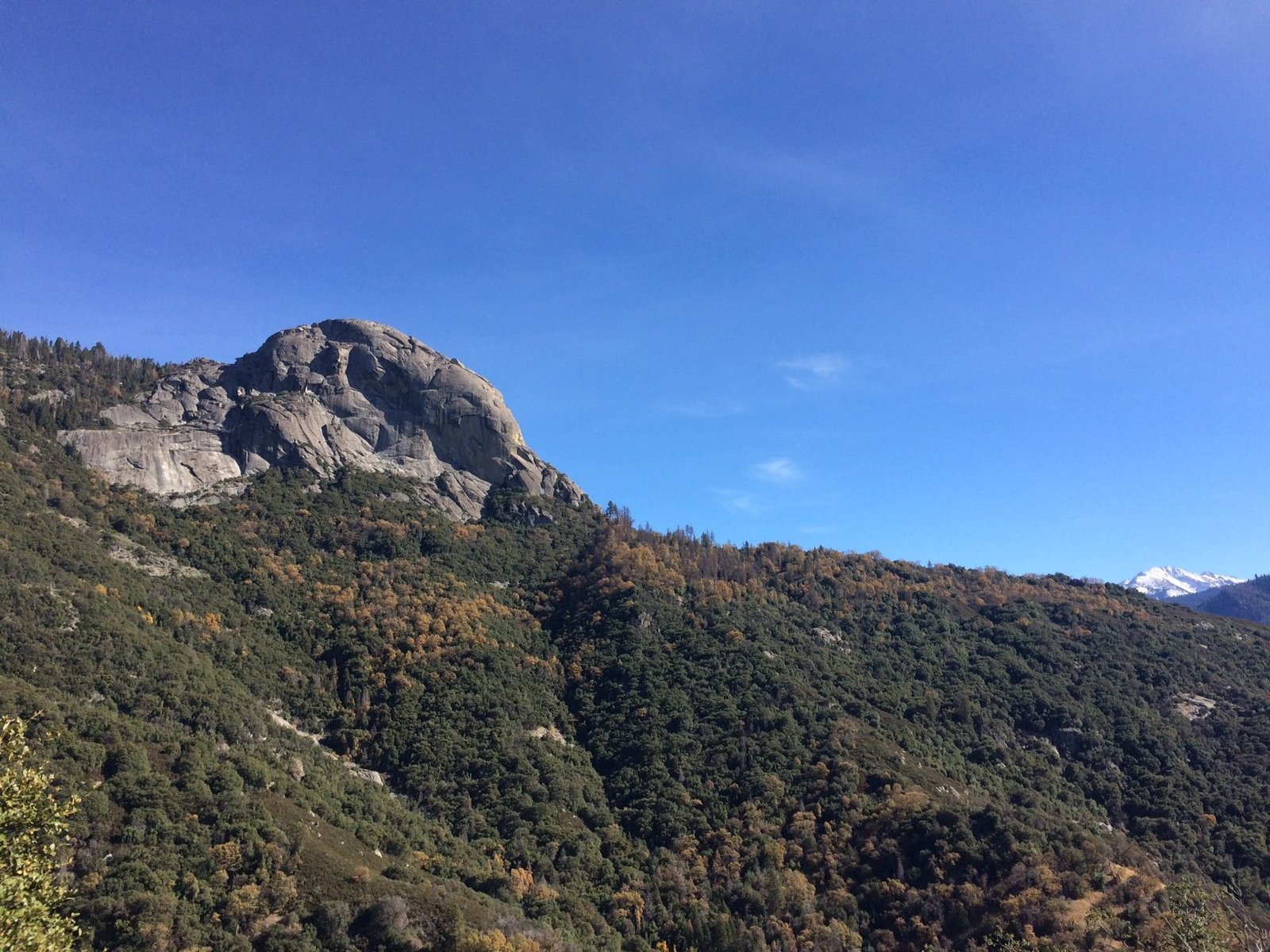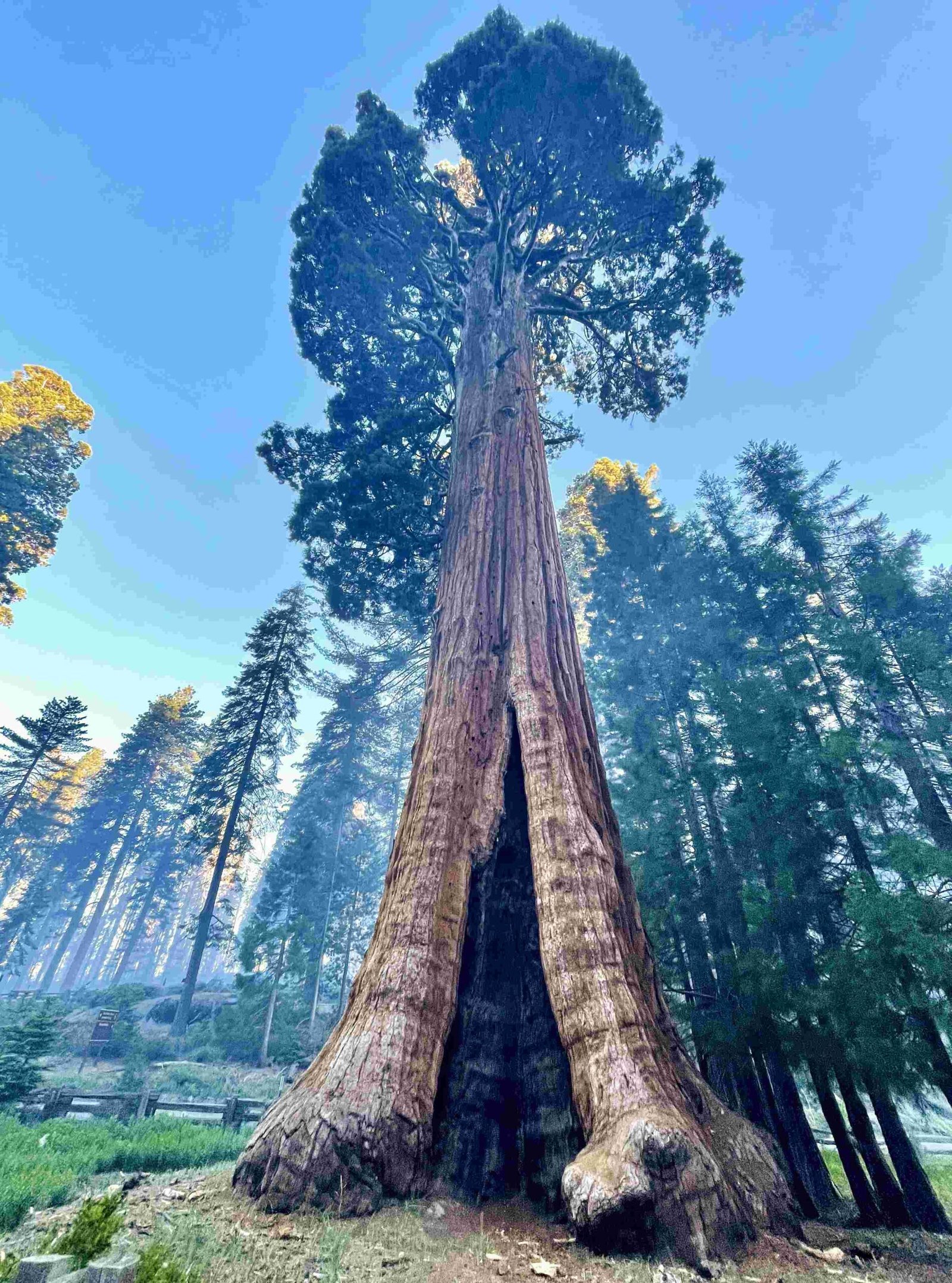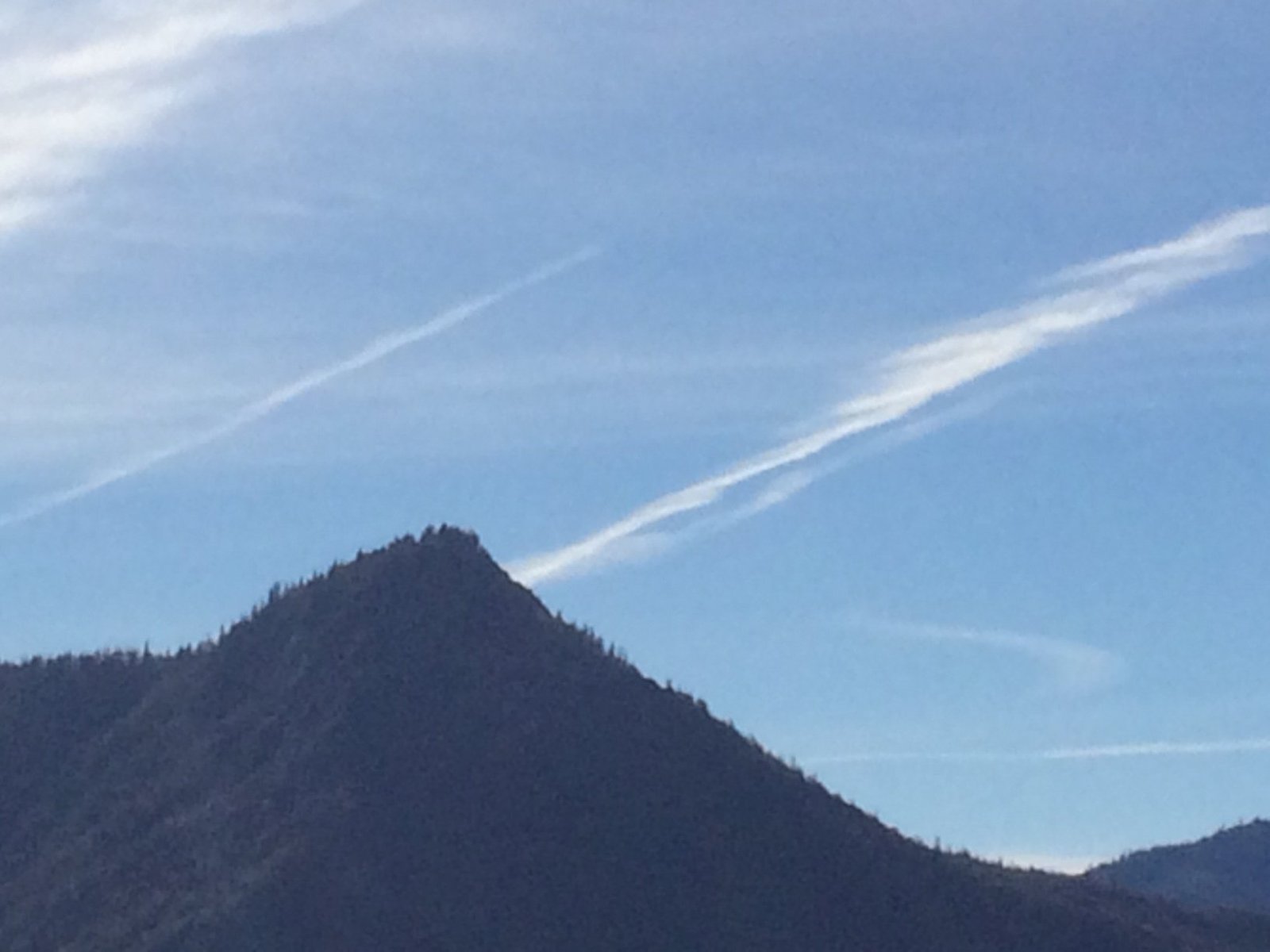Sequoia National Park boasts a diverse array of metamorphic rocks that form an integral part of its geological landscape. These rocks, including metavolcanic rocks, schist, quartzite, marble, and phyllite, are remnants of ancient geological processes. The park’s metamorphic features showcase the complex tectonic history of the region, with rocks formed through regional and contact metamorphism. Notable locations like Horseshoe Bend, Boyden Cave, and Crystal Cave offer visitors the opportunity to observe these fascinating geological formations up close.
What Types of Metamorphic Rocks Can Be Found in Sequoia National Park?

Sequoia National Park is home to a variety of metamorphic rocks, each with its unique characteristics and formation history:
- Metavolcanic Rocks
- Remnants of ancient volcanic islands
- Found in several terranes, including the Goddard Terrane
-
Composed largely of metamorphosed volcanic rocks
-
Schist
- Common throughout the park
- Often interlayered with marble and quartzite
- Shows regular, persistent layers of differing mineralogical composition
-
Indicates sedimentary origin before metamorphism
-
Quartzite
- Formed from the metamorphism of thick beds of quartz sandstone
- Prominent in areas like Horseshoe Bend
- Forms a 3,600-foot thick, layered bed at Horseshoe Bend
-
Believed to have originated from a pre-Cambrian continental mass
-
Marble
- Widespread throughout the park
- Hosts over 270 caves, including Lilburn Cave (the longest in California)
-
Part of the Kings Terrane and the High Sierra Terrane
-
Phyllite
- Less commonly mentioned but present among the metamorphic units
How Were These Metamorphic Features Formed?

The metamorphic features in Sequoia National Park have a complex formation history:
- Age: These rocks are older than the plutonic intrusives that dominate the park’s geology.
- Intrusion Effects: The intrusive rocks have truncated the metamorphic rocks and caused contact metamorphism within them.
- Layering: The metamorphic layering is generally parallel to the original sedimentary bedding and schistosity, indicating a homoclinal sequence without major folds.
- Metamorphism Types:
- Regional metamorphism: Affected large areas of rock
- Contact metamorphism: Occurred near intrusive bodies, leading to the development of minerals like andalusite and diopside
Where Are the Best Locations to Observe Metamorphic Features in the Park?
Sequoia National Park offers several notable locations to observe metamorphic features:
- Horseshoe Bend
- Features a thick bed of quartzite cut by the South Fork of the Kings River
-
Provides excellent exposures of metamorphic rocks
-
Boyden Cave
- Located within the Kings Terrane
-
Includes marble and other metamorphic rocks such as slate, quartzite, and schist
-
Crystal Cave
- Situated within the Kings Terrane
- Known for its marble beds
- Part of the Sequoia Roof Pendant
What Hiking Trails Showcase the Park’s Metamorphic Features?
Explore Sequoia National Park’s metamorphic features on these hiking trails:
- Horseshoe Bend Trail
- Length: Approximately 1 mile round trip
- Difficulty: Easy to moderate
-
Notable Features: Views of the South Fork of the Kings River cutting through a thick quartzite bed
-
Crystal Cave Trail
- Length: About 3.5 miles round trip
- Difficulty: Moderate
-
Notable Features: Leads to Crystal Cave, situated in a marble bed within the Kings Terrane
-
Monarch Divide Trail
- Length: Varies, sections up to 10 miles
- Difficulty: Moderate to strenuous
- Notable Features: Views of metamorphic rocks exposed in steep ridges on the southern slope of Monarch Divide
Are There Rock Climbing Opportunities on Metamorphic Formations?
While specific climbing routes on metamorphic formations are not detailed in the available sources, rock climbing opportunities exist in Sequoia National Park:
- General Information:
- Various formations, including those made of metamorphic rocks, are available for climbing
-
Specific routes and grades are not provided in the sources
-
Safety Considerations:
- Climbers should be aware of park regulations and obtain necessary permits
- Assess rock conditions, weather, and personal abilities before attempting any climb
- Consult park rangers or local climbing guides for detailed information on routes and safety protocols
What Logistical Information Should Visitors Know When Exploring Metamorphic Features?
Plan your visit to explore Sequoia National Park’s metamorphic features with this logistical information:
- Parking Locations:
- Available at various trailheads and visitor areas throughout the park
-
Horseshoe Bend Trail parking accessible from Highway 180
-
Accessibility Options:
- Some trails, like Horseshoe Bend Trail, are relatively accessible for families or those with moderate mobility
-
Consult park rangers or visitor centers for guidance on more challenging trails or areas with limited accessibility
-
Visitor Center Resources:
- Foothills Visitor Center and Lodgepole Visitor Center provide maps, trail information, and educational materials
-
Rangers and park staff available to answer questions and provide guidance
-
Guided Tours:
- Park service offers guided tours and educational programs
-
May include geological walks and talks highlighting metamorphic rocks and other geological features
-
Seasonal Events and Educational Programs:
- Various events focused on park geology, including guided hikes and lectures
- Check the park’s website or contact visitor centers for schedules and details on upcoming events
By exploring these metamorphic features, visitors to Sequoia National Park can gain a deeper appreciation for the complex geological history that shaped this stunning landscape.
References:
1. Geologic Trip: Sequoia and Kings Canyon National Parks (PDF)
2. Stratotype Inventory—Sequoia and Kings Canyon National Parks
3. NPS Geodiversity Atlas—Sequoia and Kings Canyon National Parks

